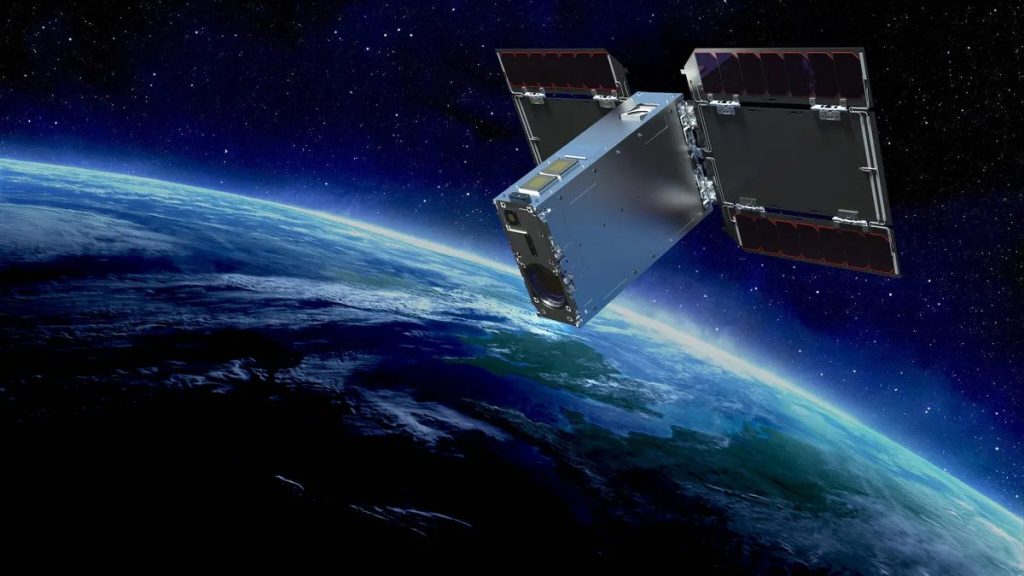Pale Blue, a Japanese company, has successfully tested a propulsion system for a nanosatellite using water vapor, an environmentally friendly and cost-effective propellant.
The test was conducted on March 3 aboard Sony’s Star Sphere 1 satellite, also known as EYE. The initial test lasted for about two minutes, during which time Pale Blue’s water-based thrusters were fired off.
The company confirmed the success of the engine’s first test in a press statement on Monday after data analysis. Sony’s Star Sphere project, which seeks to make space photography more accessible, has its first satellite, the EYE nanosatellite.
Pale Blue and Sony plan to use this new method to boost the EYE satellite to its intended orbit.
EYE launched alongside 113 other satellites aboard a SpaceX Falcon 9 rocket as part of the SpaceX rideshare mission Transporter 6 on January 6. The nanosatellite, or CubeSat, features a camera and will operate from an altitude of about 310 to 372 miles (500 to 600 kilometers) above the surface of the Earth. The successful test of Pale Blue’s propulsion system means it can now help the satellite maneuver to its target orbit, allowing it to begin operations later this year.
“Pale Blue successfully developed and operated its water-based thruster, and with this, the company takes a huge step forward towards orbit insertion for [Star Sphere] Project,” Jun Asakawa, CEO and Co-Founder of Pale Blue, explained in the company’s statement.
Pale Blue has stated that its water propulsion thruster is designed to extend the lifespan of the small EYE satellite by 2.5 years, using small periodic orbital correction maneuvers. According to the company, the use of water-vapor propellant is a more environmentally friendly solution for CubeSats, which require longer lifespans. The propulsion system splits water into hydrogen and oxygen while in space, which are then burned as fuel.
Water propulsion technology is now looking to have a similar impact, as NASA has been testing the technology with its Pathfinder Technology Demonstrator-1 spacecraft.

